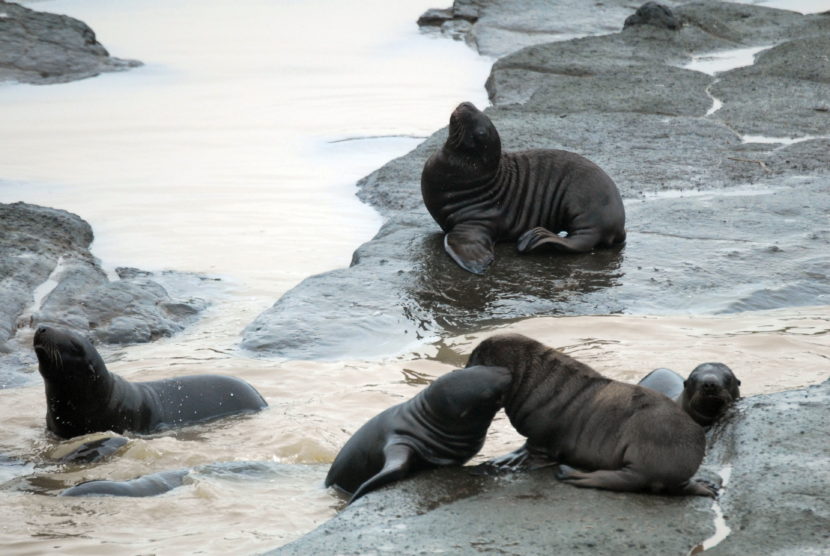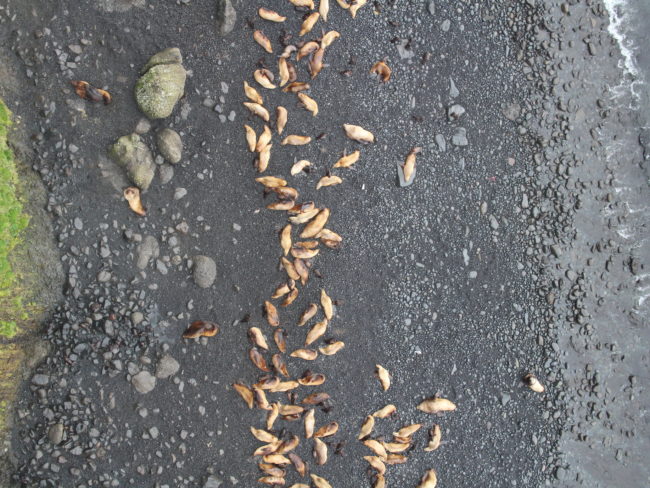
Alaska’s endangered Steller sea lion population continues its precipitous decline. The 2016 survey by the National Oceanic and Atmospheric Administration (NOAA) shows an overall increase in the number of Steller sea lions across Alaska, but a mysterious drop in parts of the western stock.
The big takeaway from this year’s Steller sea lion survey is this: the farther west you go, the worse it looks for Steller sea lions. At the end of the Aleutian chain, the population is dropping about 7 percent a year.
Lowell Fritz is a biologist with NOAA. He said the outlook for the western stock is bleak.
“The probability of extinction for that western Aleutian population is greater than 50 percent within 50 years,” Fritz said. “We’re down to less than 200 pups produced a year in an area that used to produce thousands. It’s gone down 95 percent since the late 70s.”

For nearly 40 years, the western stock has been declining, hitting a low in 2002. But scientists like Fritz are having a hard time pinpointing the cause.
“We don’t see a mass exodus of animals that we’ve marked and tagged from these western Aleutian or central Aleutian areas that are declining,” Fritz said.
One reason may be that western stocks aren’t having as many pups, or the pups they do have aren’t getting to breeding age so they can have pups of their own. But without identifying a culprit for the decline, there are poor prospects for the species.
Even though the eastern stock of Stellers is doing better, Fritz said it’s important to maintain populations throughout the animal’s range to reduce the threat of extinction.
More: After decades of research, Steller sea lion decline still puzzles scientists
Zoe Sobel is a reporter with Alaska's Energy Desk based in Unalaska. As a high schooler in Portland, Maine, Zoë Sobel got her first taste of public radio at NPR’s easternmost station. From there, she moved to Boston where she studied at Wellesley College and worked at WBUR, covering sports for Only A Game and the trial of convicted Boston Marathon bomber Dzhokhar Tsarnaev.




